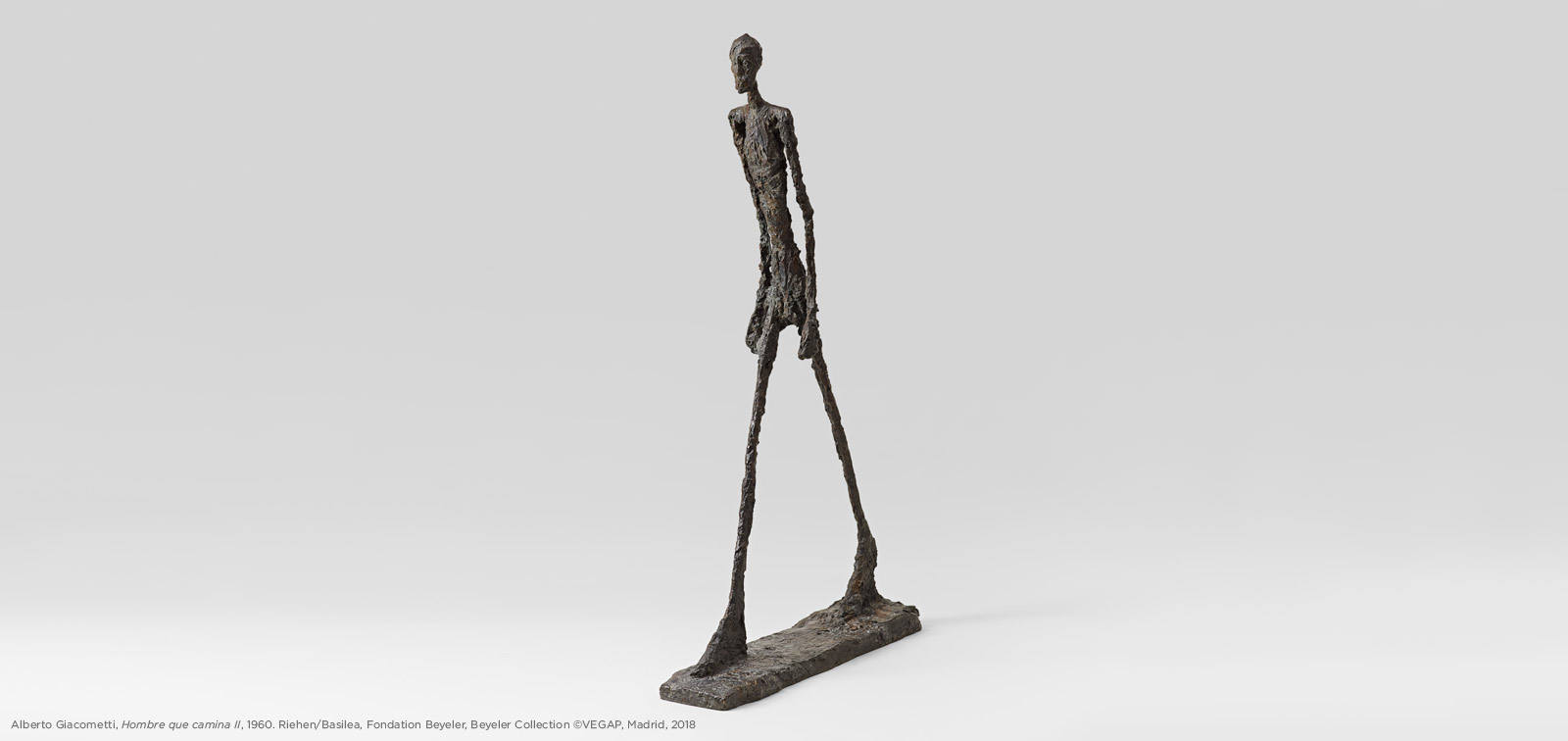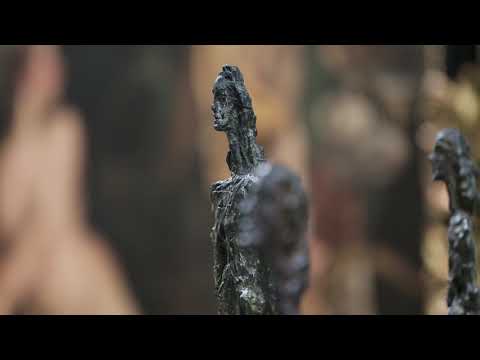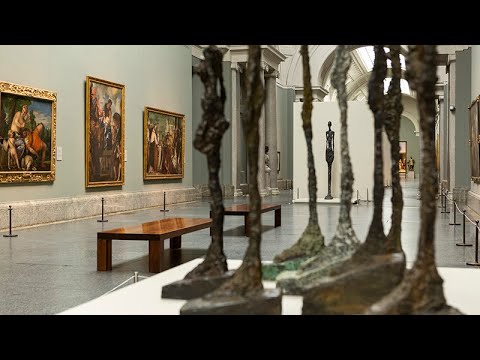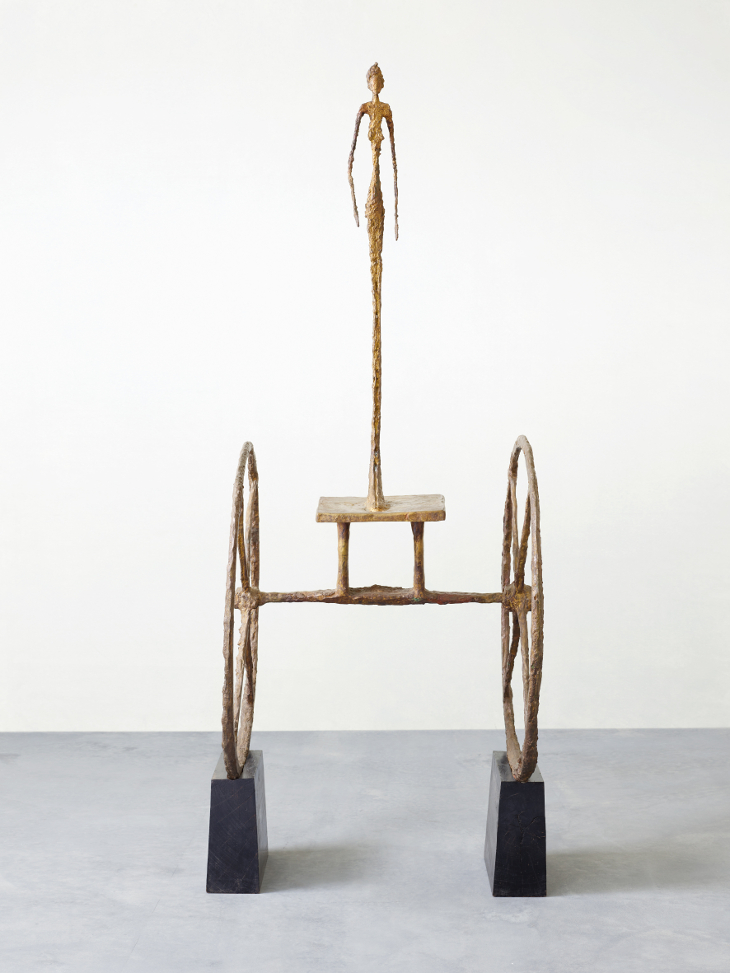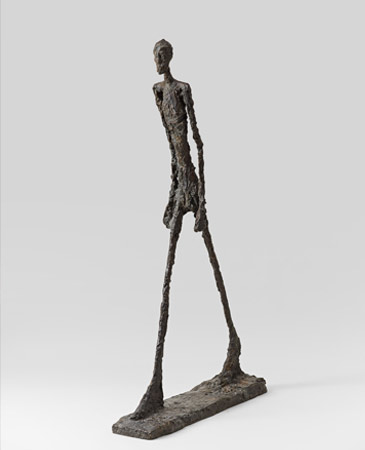Alberto Giacometti in the Museo del Prado
Museo Nacional del Prado. Madrid 4/2/2019 - 7/7/2019
The Museo del Prado is presenting Giacometti in the Museo del Prado, organised in the context of the celebrations of its Bicentenary and with the collaboration of the Comunidad de Madrid and Fondation Beyeler and the support of the Swiss Embassy and Grupo Mirabaud. One of the most influential artists of the 20th century, Giacometti saw art as a single and simultaneous place in which time past and present converged. Although the artist never came to Spain, in 1939 he visited the exhibition Chefs-d’oeuvre du Musée du Prado held in Geneva, to where much of the Prado’s collection had been sent during the Spanish Civil War. The present exhibition includes works by a number of his favourite painters, such as Dürer, Raphael, Tintoretto, El Greco, Goya and Velázquez.
The exhibition’s curator, Carmen Giménez, has conceived it as a posthumous visit to the Museum in which Giacometti’s sculptures move through the principal galleries. The 20 works on display – 18 sculptures and 2 oil paintings – are loaned from public and private collections in Spain and elsewhere.
The route established by the works begins in the gallery that displays Velázquez’s Las Meninas, continues in front of Charles V at the Battle of Mühlberg by Titian and alongside Christ washing the Disciples’ Feet by Tintoretto, runs parallel to the works of El Greco and creates a contrast with the colossal bodies depicted by Zurbarán in his “Hercules” series.
- Curator:
- Carmen Giménez


